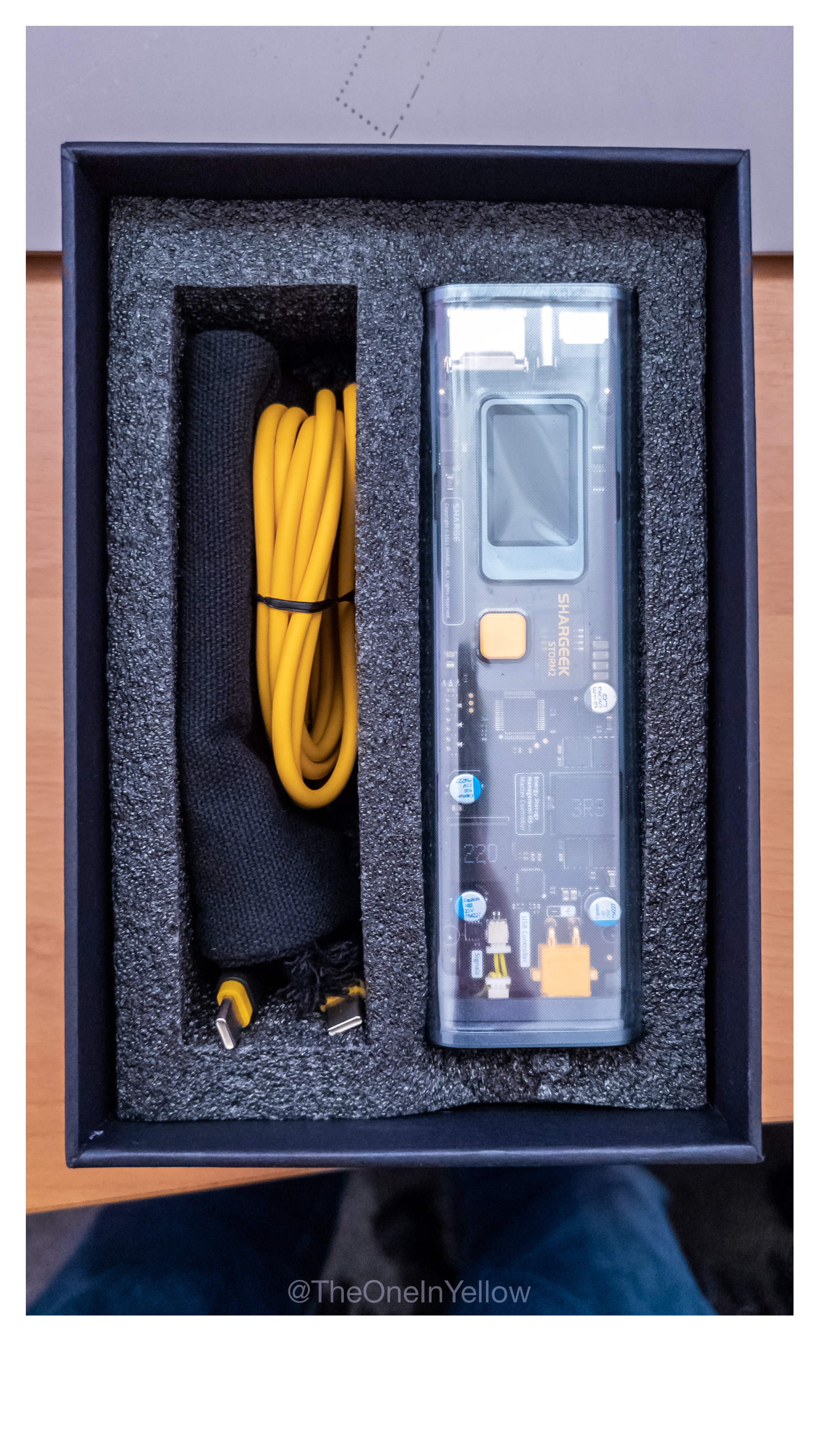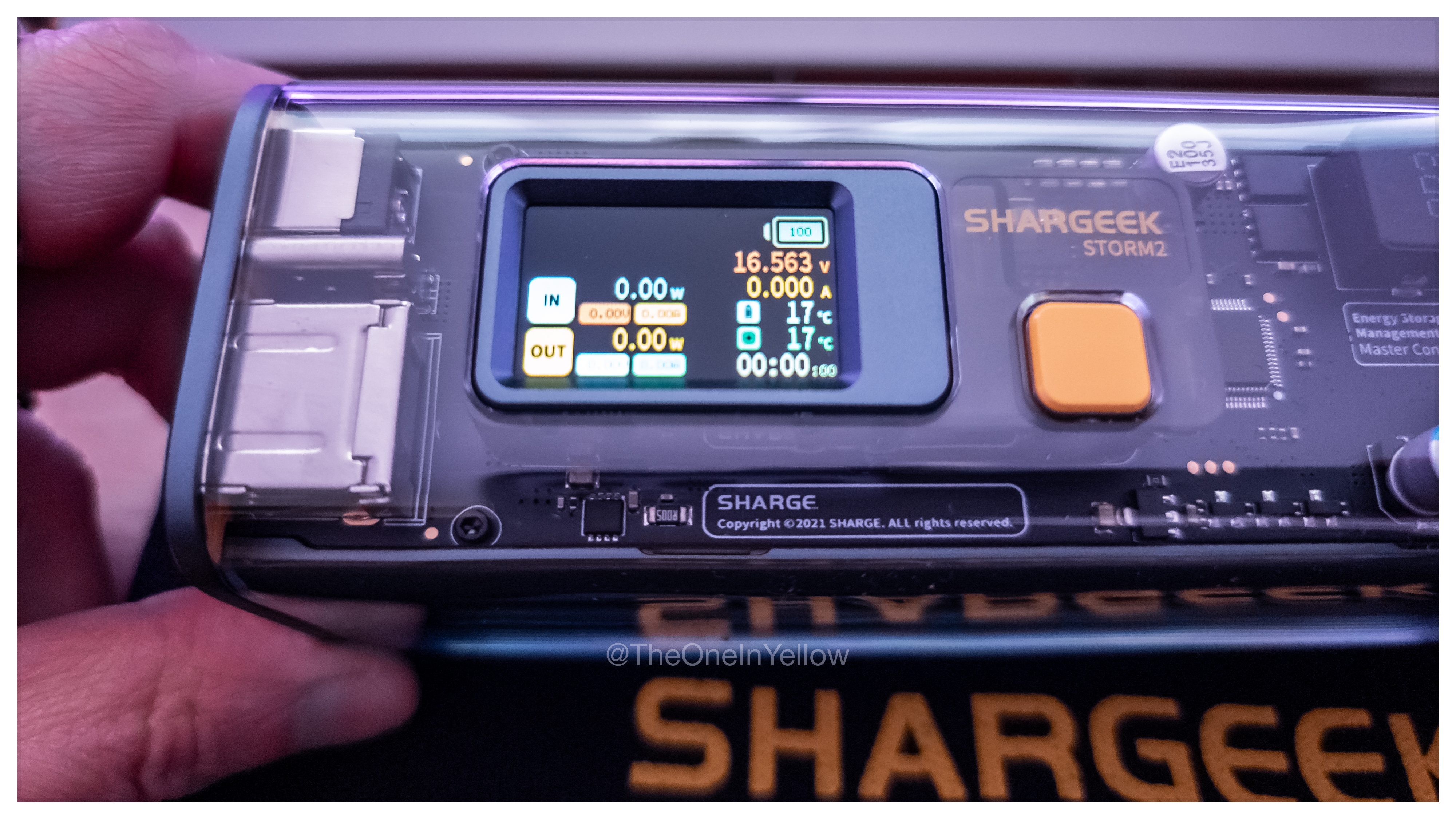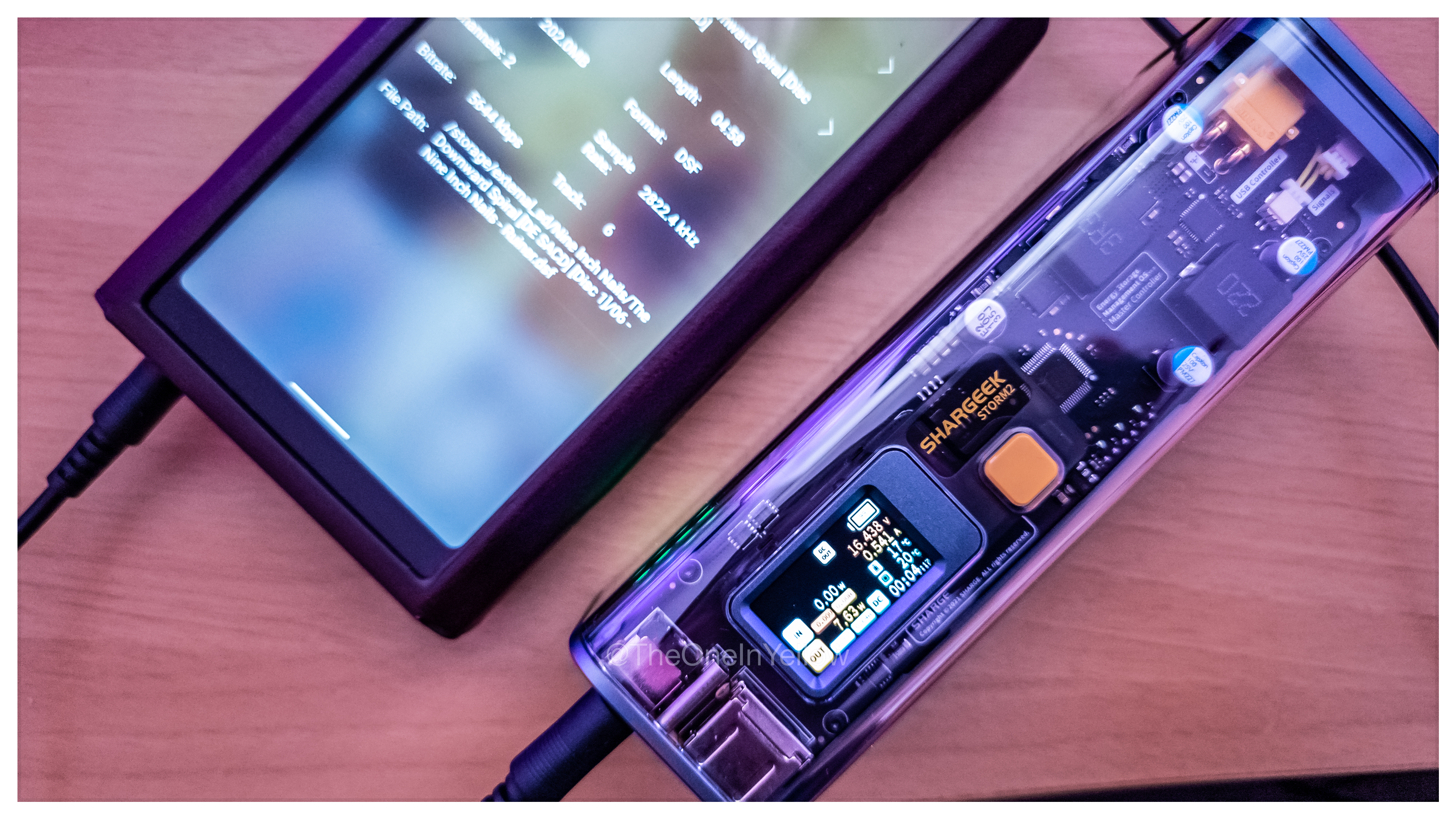Sorry to disrupt the flow of the above thread, but wanted to chime in on the above topic and a new one too.
First, I am so pleased to see good conversations regrading the sonics of T+A Solitaire T against Focal Bathys/Stellia/Utopia (2016 or 2022 version ?), Meze Audio Liric, Victor HA-WM90, and other cans; thank you!


Very interesting to read, and understand and identify what posters' individual sonic tastes are too.
In my case, I think it is fair to compare the Solitaire T to similarly priced or higher wired cans, as they were developed as passive closed-back headphones first, and can be run balanced too. The wireless part is itself awesome, but in my opinion a bonus.
Therefore, I hope people do not just re-categorise the Solitaire T in just the wireless camp alone, as it is more than that, but please continue to add your impressions!
I am currently writing up a review of the T+A Solitaire T with my FiiO M17, in wireless Bluetooth HQ (codec testing is a chore

), and simultaneously I am considering to it have properly posted on an audio journal or via forum, but I still have a few areas I need to continue testing.
One of those arrived yesterday, and I am A/B testing the difference.
That device is the
Shargeek Storm2 battery power bank, with configurable DC output and 100W output via USB-C.
As I created some pretty pics and unboxing, thought to share (and yes, Solitaire T is featured and hooked up!)



In short, the M17 was already pushing the boundaries of what the Solitaire T can do in fully balanced mode. This is via the M17's DC input mode when using the included linear switching PSU.
Using the M17 DC input, and sliding a switch on the device from Battery to to DC, this allows access to a fifth gain mode called Enhanced Over-ear mode, which bypasses the internal battery and directly feeds the 2x ESS9038Pro DAC's and 2x THX 788+ amps, giving a full 3W/channel. With my Solitaire T I have the volume adjusted between 60 to 75 volume out of 120 steps depending on song or album choice, and this is in either streaming (Tidal or USB Audio Player Pro) or local storage on the device (SanDisk MicroSD XC Extreme 1Tb card).
Music I threw at my system was very varied, from DSD files from Jazz at the Pawnshop (and Late Night additional album), my DSF/DSD files ripped from SACD's of Supertramp, Nine Inch Nails, Pink Floyd and Miles Davis, high-resolution files from Kendrick Lamar, Led Zeppelin, Massive Attack, Nas, David Bowie, and Nils Frahm, MQA files from Beyonce, Gorillaz, Ludwig Goransson, Stephen Moccio, Metallica, and a large collection of CD quality albums from Massive Attack, Yoko Kanno, Pendulum, Rob Dougan, The Chemical Brothers, Sampha, Deadmau5, The Beastie Boys...and more!
After weeks of testing, the results with the linear power supply versus Bluetooth HQ and single-ended are:
Bass:
Removed some of the small amount of fuzziness in the lowest octaves of the headphone's sub-bass region when compared to Bluetooth HQ or single-ended mode.
Further, added body to the mid and high-mid bass regions.
The lean muscular bass voicing of the Solitaire T is enhanced further with a tightness on bass notes (goosebump raising), and, oddly, added extra bass presence without boominess (YAAAAAAAAASSSSSSS

).
Mids:
Increased the already amazing grip on texture control of the mids.
As with my bass observation above, tighter notes here as well, (adding extra body definition), but also a stronger emphasis on naturalness; the midrange now possess liquidity over Bluetooth HQ and single-ended. This revelation exposed that the aforementioned modes had a slight diffusion on the edge of the midrange notes, which is only notable via the absence of that diffusion when using a powerful fully-balanced DAC/amp combo.
Treble:
Accentuated the treble sparkle and air, but this time without that almost harsh-but-not-quite treble pressure.
Or, to say another way, in Bluetooth HQ and single-ended modes, the treble possess high-pressure output that is off-sibilant, yet refreshing to any other wireless or wired cans I have used.
Yet, via the M17, that high-pressure remains but is now even less differentiated from the mids and bass, thus reducing that just-off sibilant focal point.
With that said, how does the
Shargeek Storm2 fare when used instead of the linear switching PSU?
It is too soon to give a full analysis, but I do know one major change in sound: any harshness that was present with the Solitaire T in Bluetooth HQ or single-ended has gone. I want to further explain that said harshness is very minute (and I really mean that), but I only discovered it's existence when comparing the change of power supply, and when using the Solitaire T with the wireless electronics on and set to Bluetooth HQ mode.
The positive points I raised regarding the
bass,
treble, and
mids with the M17 and linear switching power supply still exist when using the external battery bank, however the noise floor seems to have dropped, in my system, enough that I am now able to listen to the same tracks/albums a good 5 - 10dB lower (give or take a few dB's). Please, read that again, and no audible harshness.
That is not an insignificant change.
Sure, all I have done is used a different power supply, and I genuinely thought that the external battery would be a small change, but I am convinced that it has exposed issues of power delivery from the mains, which I have not ever compensated before as I did not have such a revealing system as I do now.
I switched back to the linear switching power supply to check if I was hearing things, because before before the power supply change I could not hear any noise with the Solitaire T and M17 . However, the absence of harshness is how I knew that I had do have inherent noise in my system. The removal of that noise via the
Storm2 not only removed that very slight harshness of the M17/Solitaire 2 in balanced mode, but also
reduced the noise floor, allowing the music to flow as a single voice via the T+A Solitaire T.
The outright
power of the Solitaire T with the M17 and
Storm2, fully balanced, made the hairs on the back of my neck rise. I struggled to identify the bass, mids, or treble regions, as now they are effortlessly cohesive, presented as a whole instead of fragmented.
I have now sank twice into long music listening sessions lasting about five hours total since receiving the
Storm2; three last night (was basically in a music induced coma


), and four this afternoon/evening. I am still listening to this setup as I type!
There is more testing and listening to be done, but, I am very satisfied at this system and enhancements!
I am still considering an upgrade cable for the T+A Solitaire T, but outside of that, I think I will just stop thinking of other gear and just listen to my music in new bliss


















I think you've raised an important point.




























 ) is generally leaning towards more exciting sound that wm90b offers in a very tasteful way. DCA stealth is highly regarded by many (so did many other DCA cans) but I just couldn't like them - expanses is an exception that sounds great to me (with an obvious bass boast). it's also due to my personal preference i like the sound of my 5909 better than ST. ST sounds a bit too "boring" to me. it's very obvious that many have different preferences and would rank them in different orders - why it's always a good advice to demo in person before making any purchase
) is generally leaning towards more exciting sound that wm90b offers in a very tasteful way. DCA stealth is highly regarded by many (so did many other DCA cans) but I just couldn't like them - expanses is an exception that sounds great to me (with an obvious bass boast). it's also due to my personal preference i like the sound of my 5909 better than ST. ST sounds a bit too "boring" to me. it's very obvious that many have different preferences and would rank them in different orders - why it's always a good advice to demo in person before making any purchase 



















